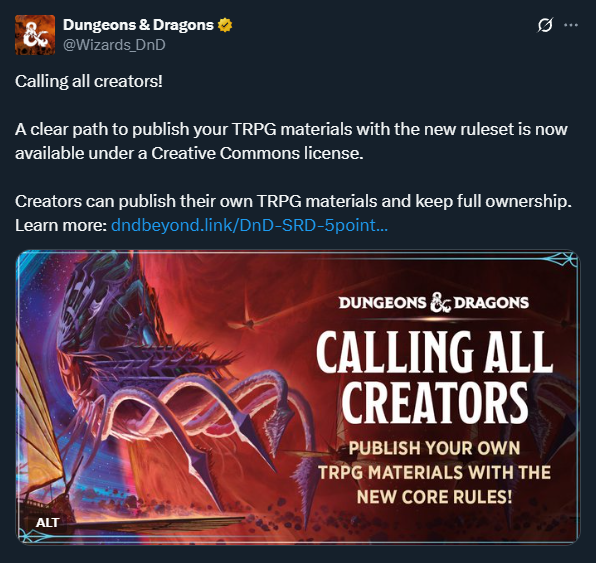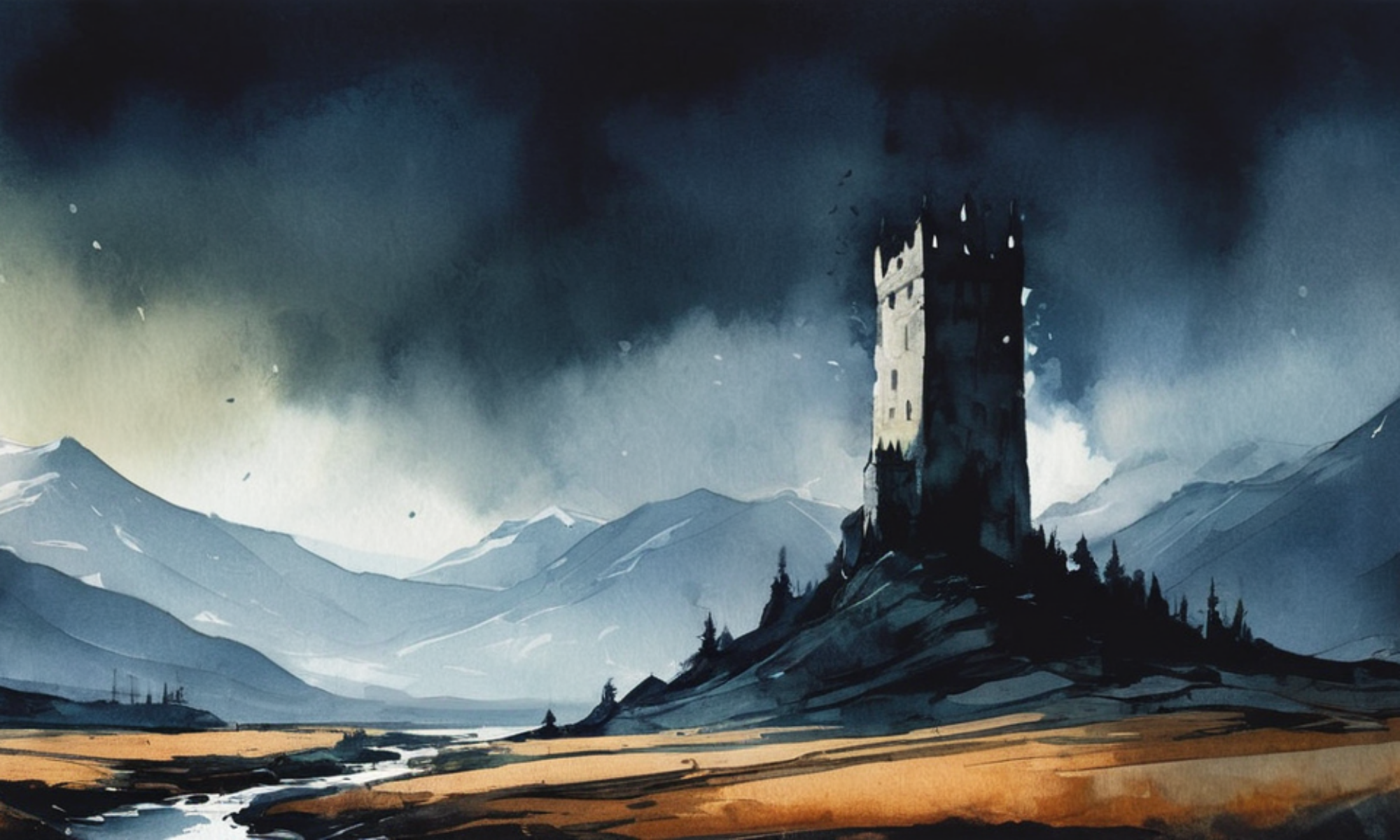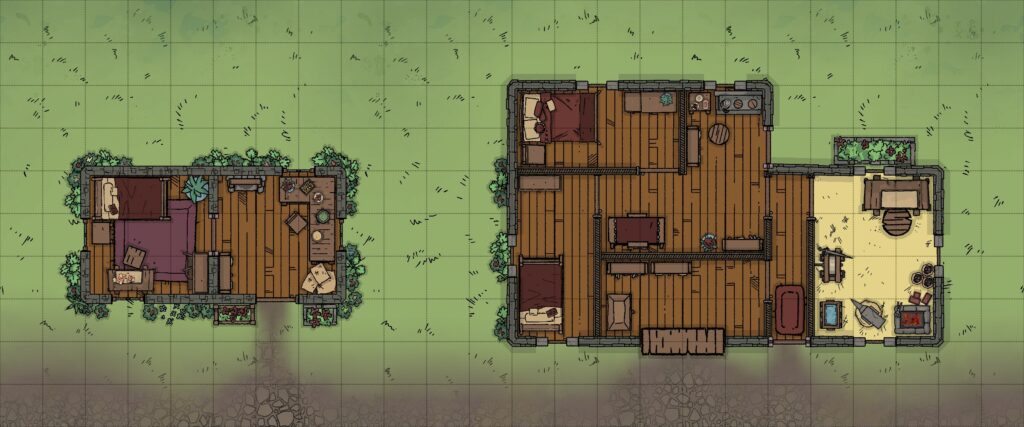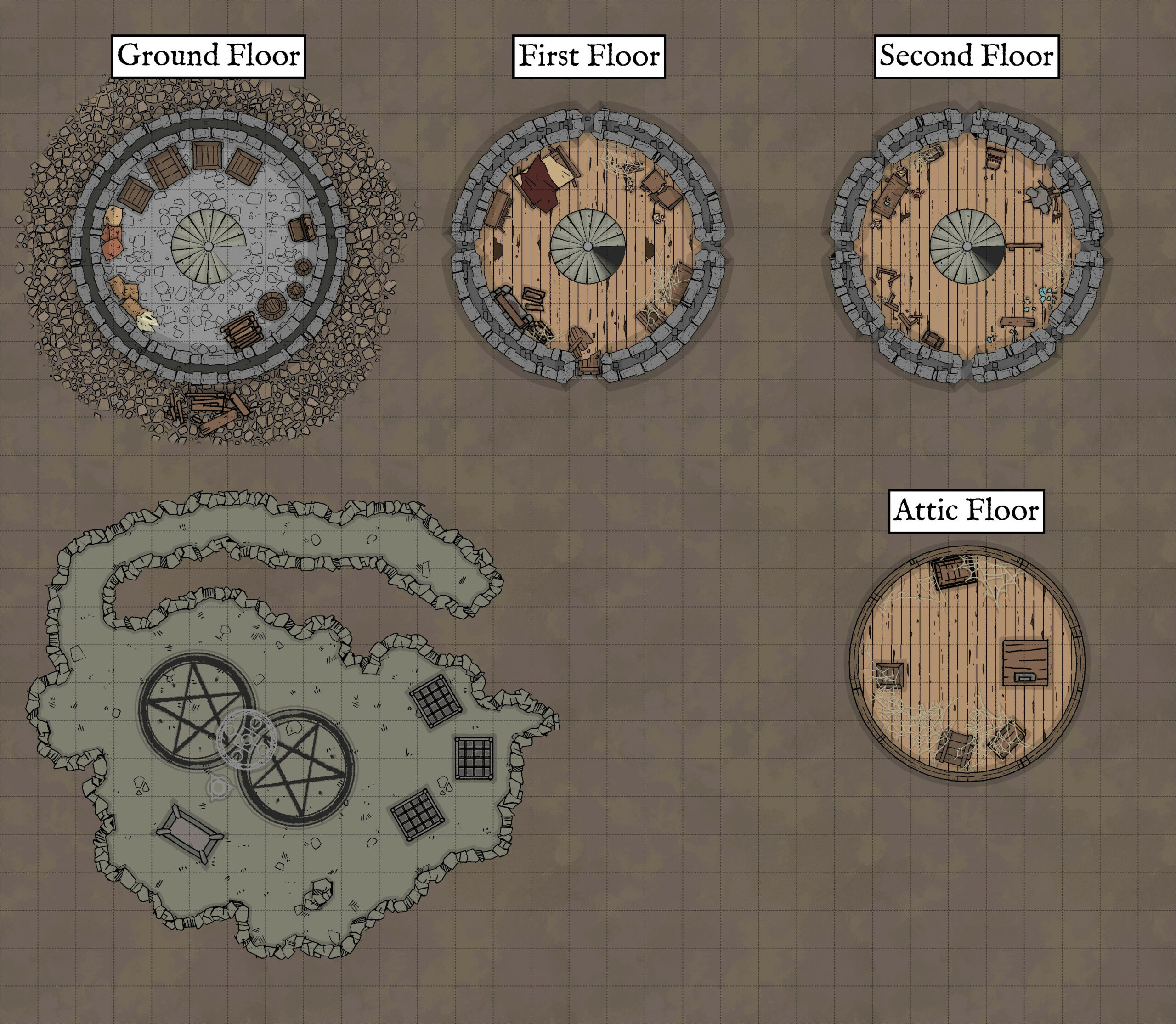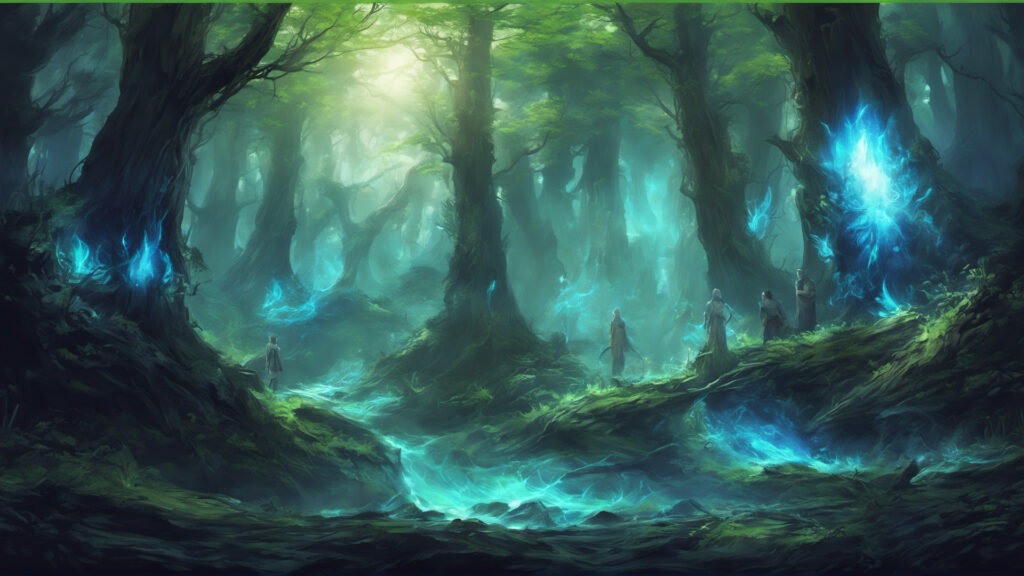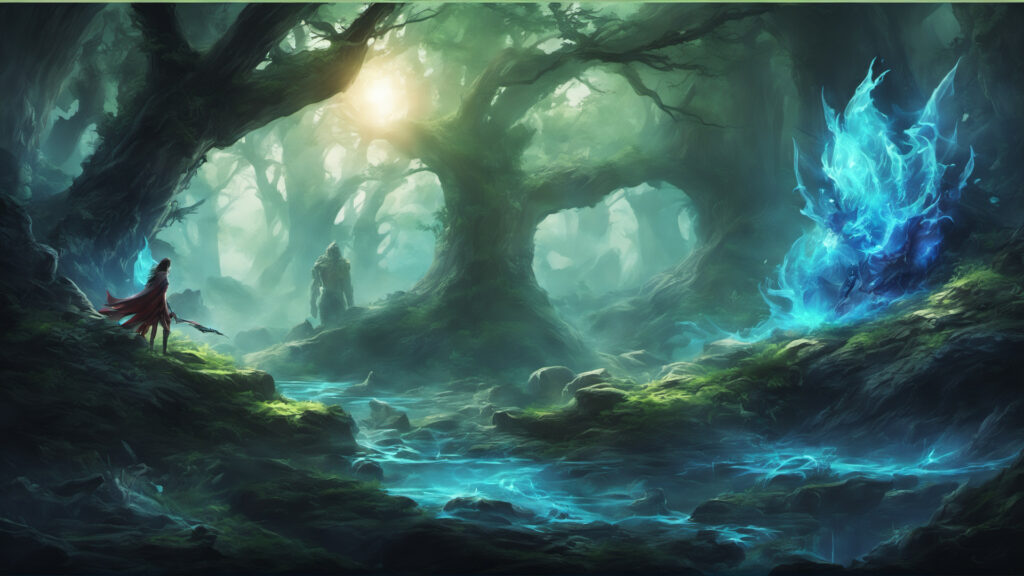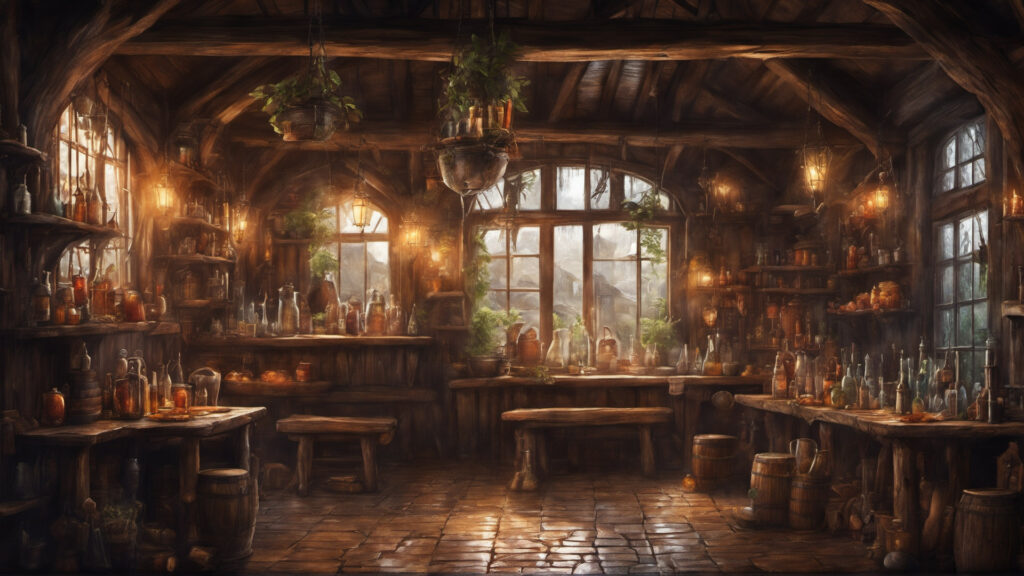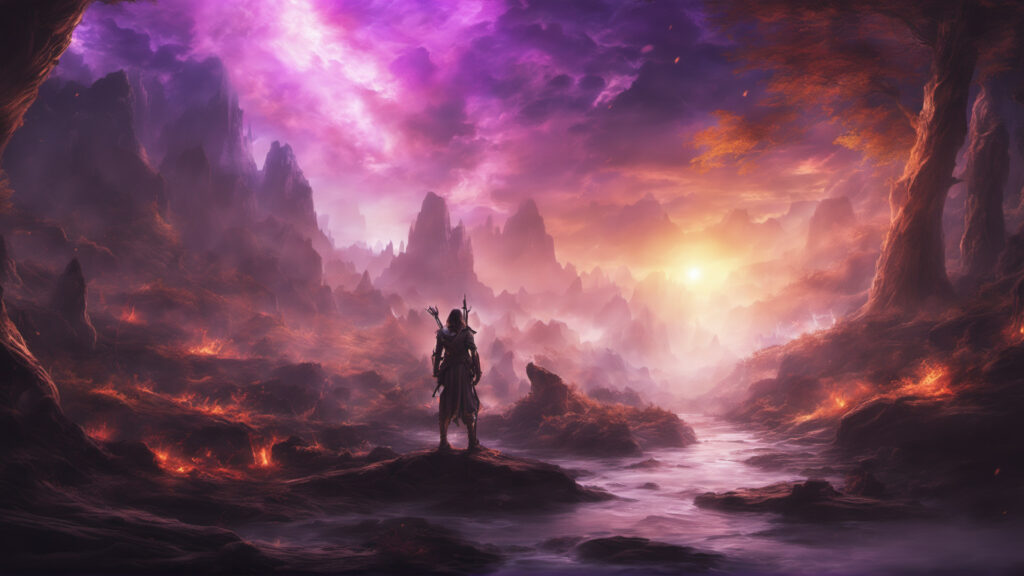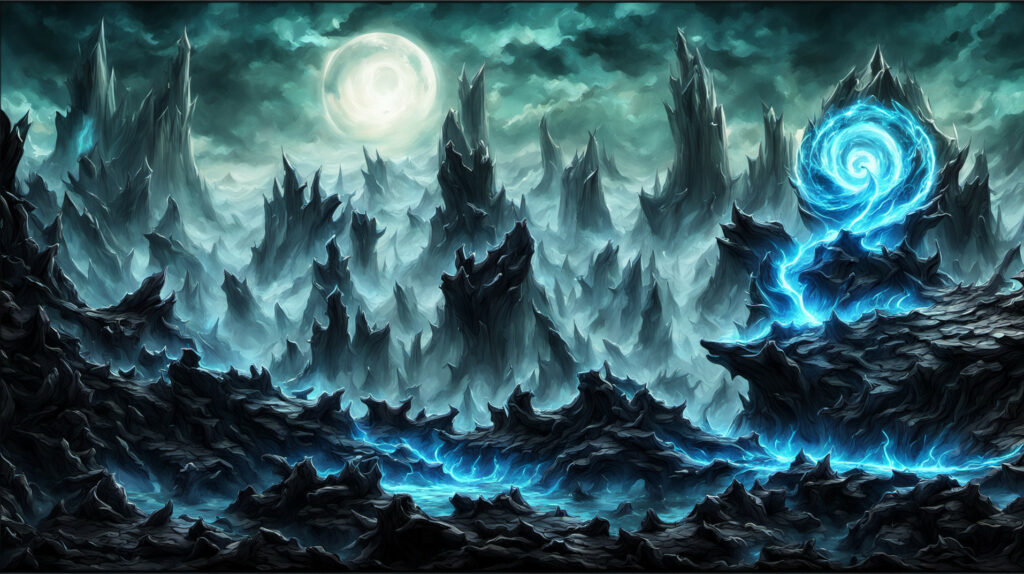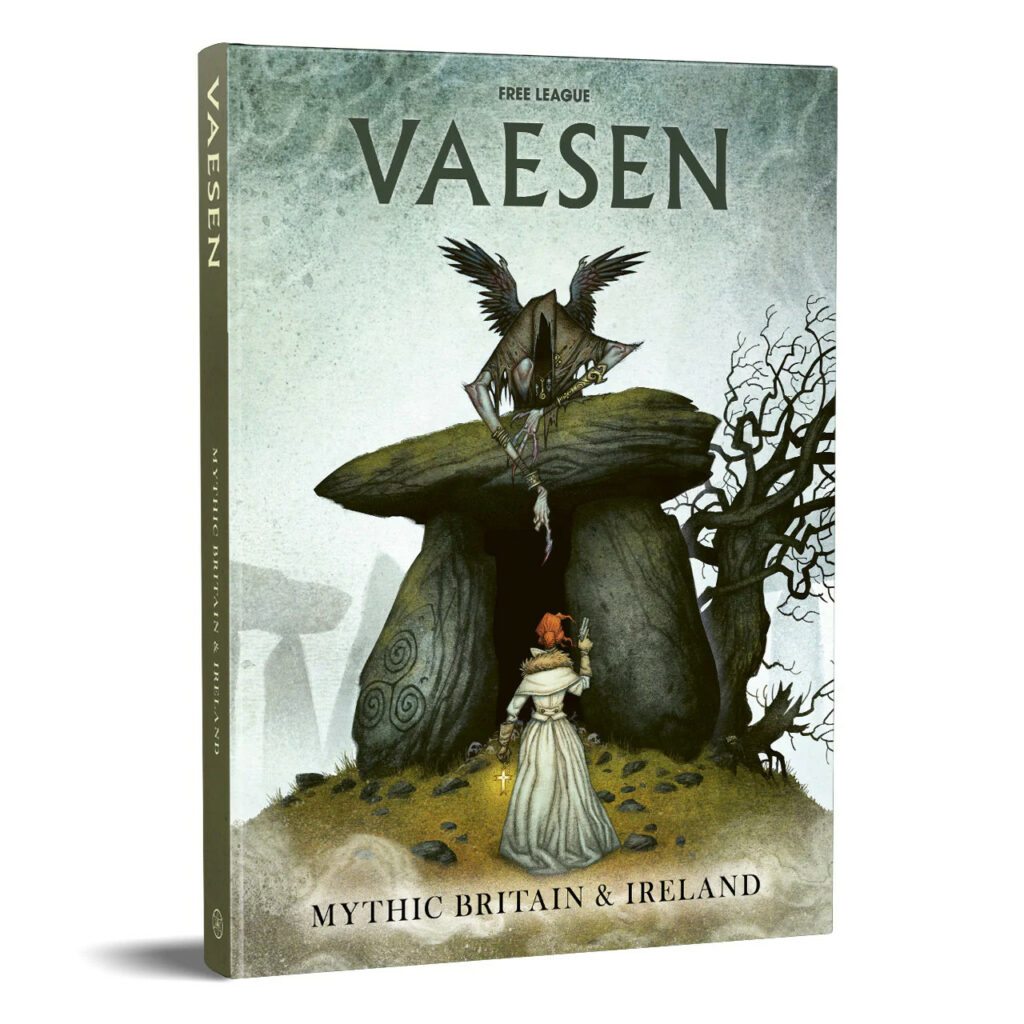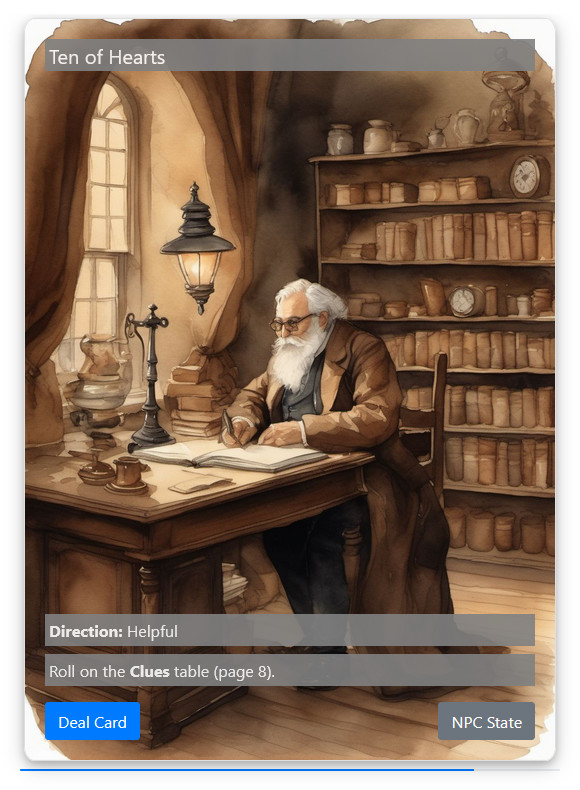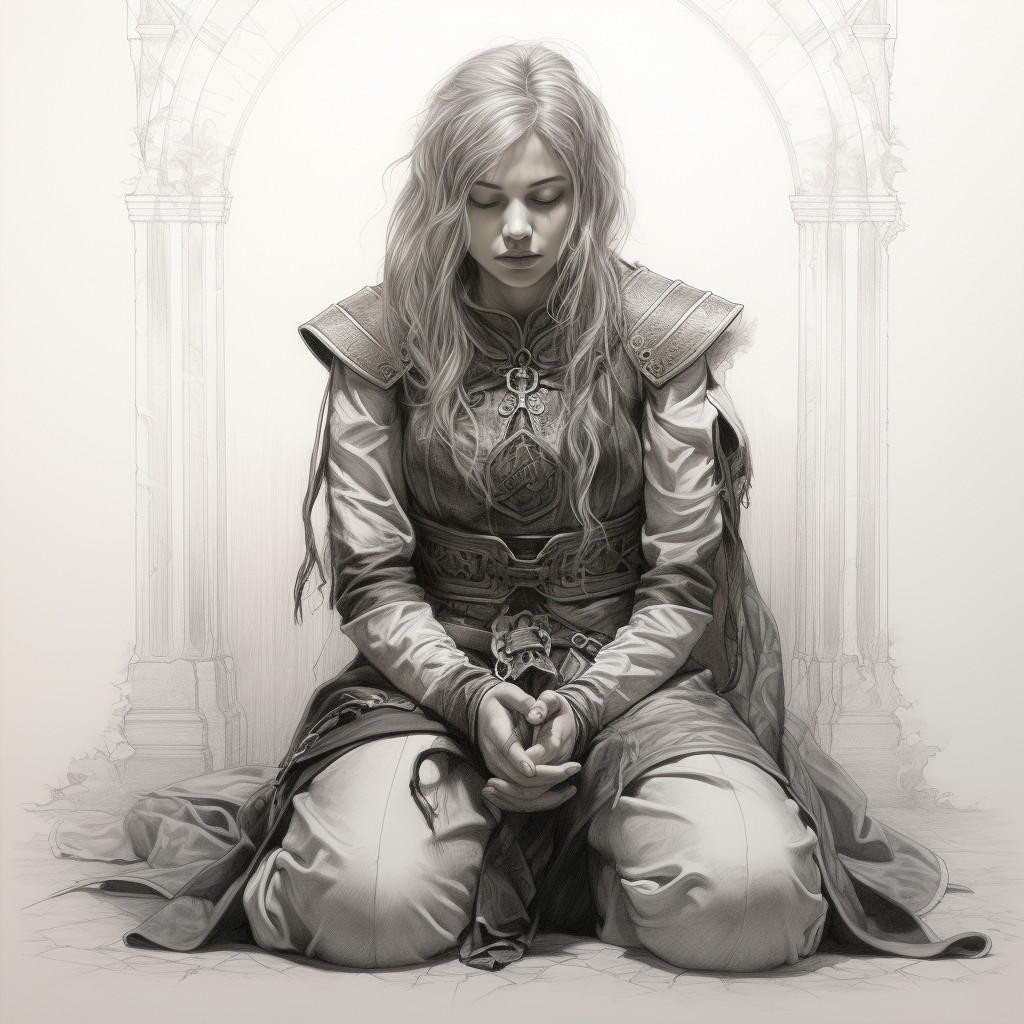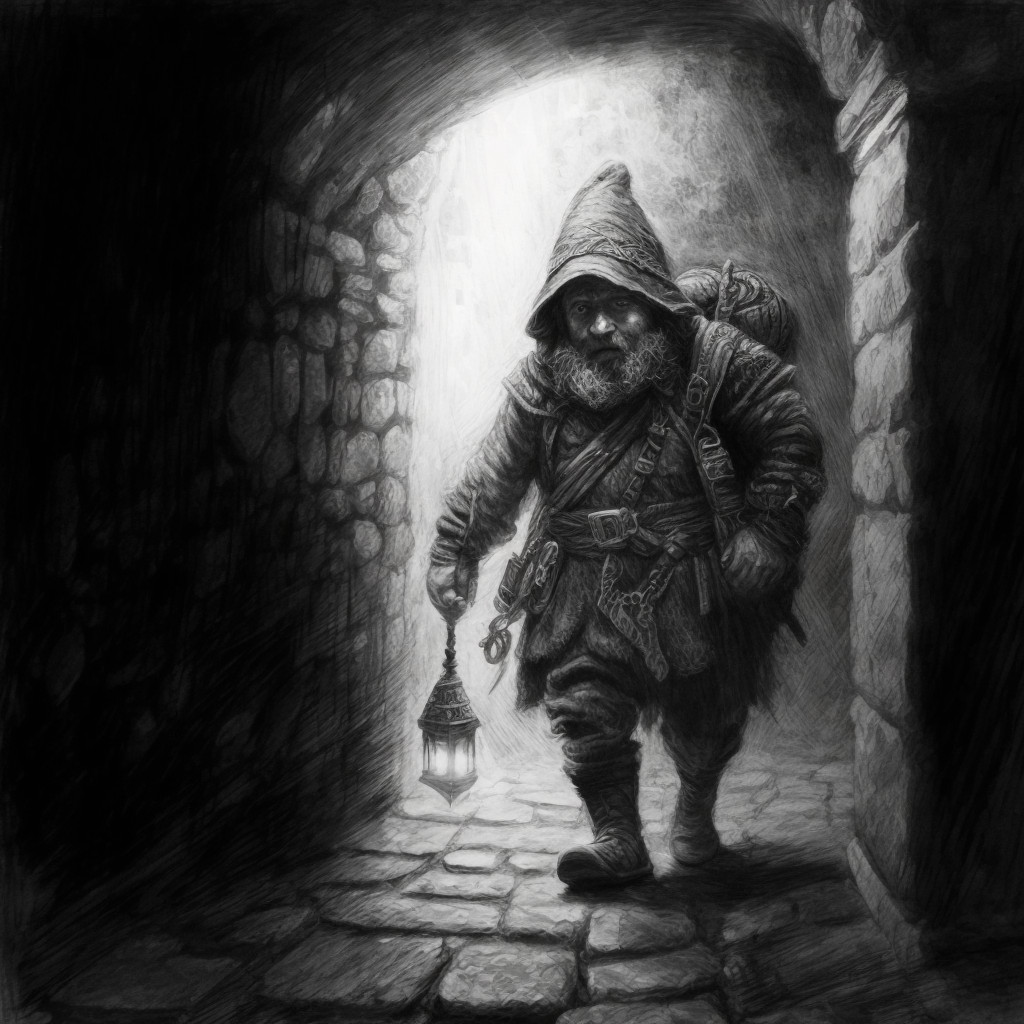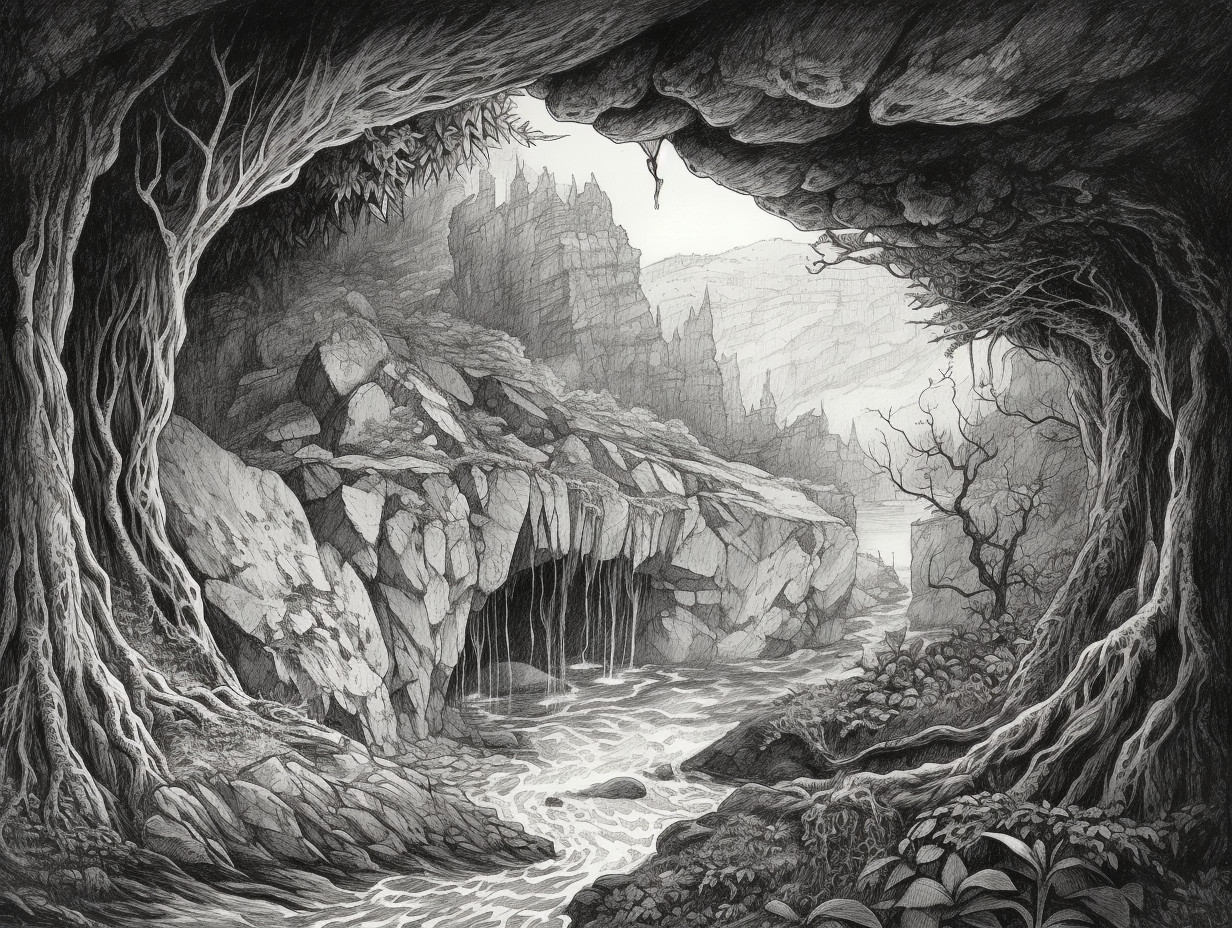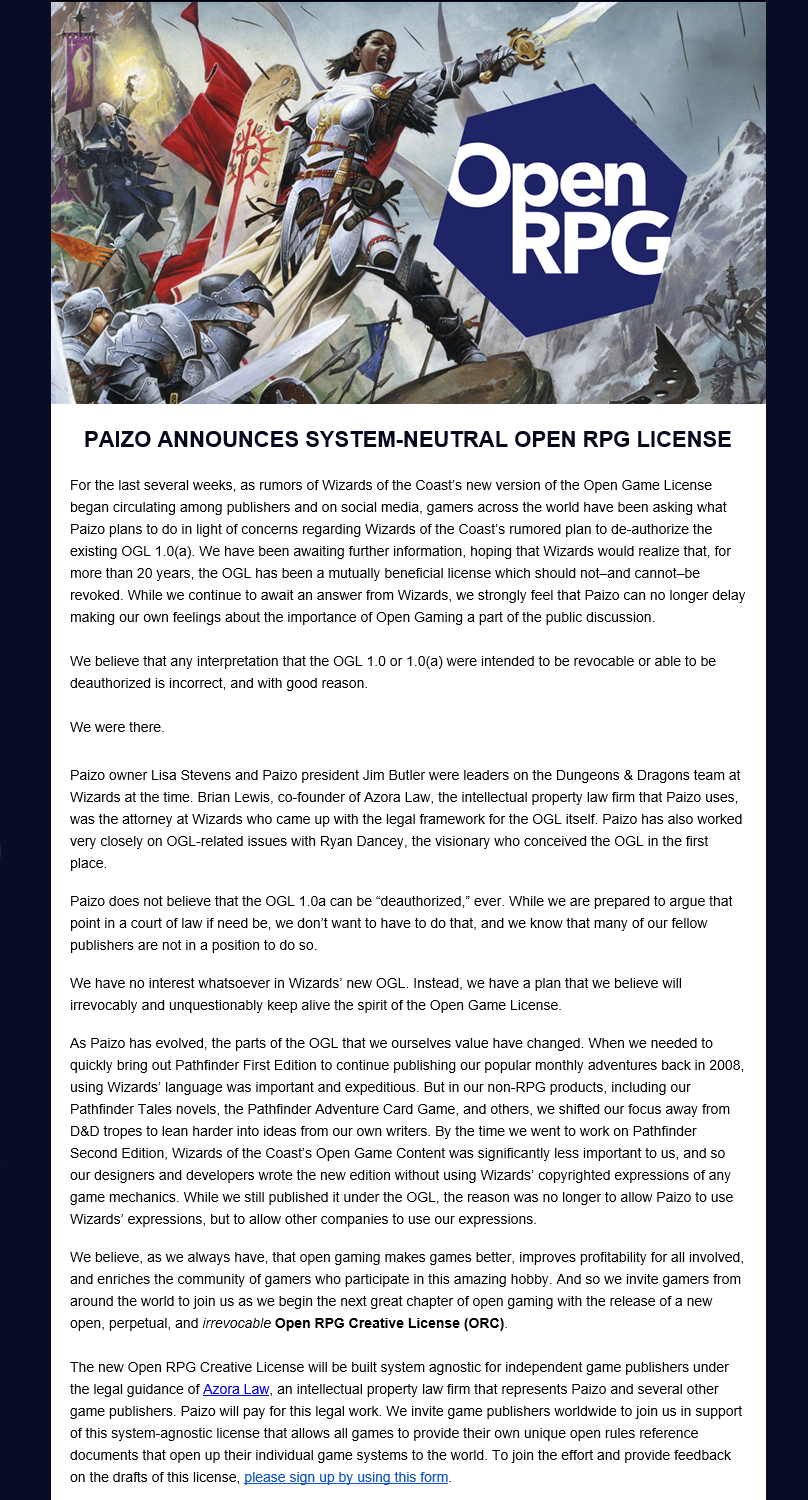OK. I’ve been reading all this balderdash and hooey about you people not “not likin’ this” and “not wantin’ that.” Well, you guys today got it made! If it weren’t for us “old-timers” you guys wouldn’t know a Dungeon Masters Guide if it broke into your house and stole all your Rush albums! Here’s what it was like back in my day:
We didn’t have FANCY, SPECKLEY, SWIRLY DICE back in the old days. Our dice were PLAIN and they were BLUE! If you threw the 12-sider too hard, IT EXPLODED! Then you had to buy another Expert Level Set to get another one! And we COULDN’T EVEN READ THE NUMBERS on our dice! We had to COLOR them with a CRAYON for crying out loud! We had Cruddy, Blue, Exploding, Crayon-Coated
Dice – AND WE LIKED IT!!!
Our MONSTER MANUAL was BLACK & WHITE for Pete’s sakes! We had to COLOR in all those pictures! And we didn’t know what color things were back then – we HAD TO USE OUR IMAGINATIONS! God forbid if we used all our Red Crayon on our dice! Then all of our monsters had Orange Eyes! And what kind of crazy ecosystem was represented on the cover of that thing anyhow? They had every monster in the food chain living together in perfect harmony! We had Colorless Monsters that lived together peacefully – AND WE LIKED IT!!!
Then there was that DUNGEON MASTERS GUIDE! It had that SCARY BIG DEMON LOOKING THING on the cover! And everytime your Mom saw it SCARED THE BEJEEZUS out of her and she would RIP IT UP or THROW IT AWAY or sell it to your best friend at a garage sale for $1.25! We had to buy the same book over and over again cause our Moms threw it out – AND WE LIKED IT!!!
And, don’t get me started about SOURCE MATERIAL! We didn’t have “Complete This” and “Player’s Option” that! We didn’t have any Core Rules for the Computer-thing-a-ma-jig! All we had was some CRAPPY INTELLIVISION GAME. All of our dungeons were drawn on graph paper! All of our rooms were 10′ x 10′. But (and this is where we got you young fellers BEAT) ALL of our dungeon rooms were FILLED WITH TREASURE! Heck, all you had to do back then was BREAK DOWN THE DOOR, KILL THE MONSTER, and TAKE THE TREASURE! We didn’t have PLOT LINES or CAMPAIGN WORLDS or STORYLINES to bog us down! There was MOUNTAINS of TREASURE! Heaps of it!!! You know why you don’t find treasure in every room in your silly dungeons and modules anymore? CAUSE WE TOOK IT ALL! HA! AND YOU CAN’T HAVE IT! We had plotless, storyless, 10 foot by 10 foot dungeon rooms FILLED WITH TREASURE, AND WE LIKED IT!!!
Now you all are complaining about the quality of a “Dungeons and Dragons” movie! Oh My Stars and Garters! Count your sheep lucky that you get a MOVING PICTURE! We had a cartoon with a Unicorn that shot a laser beam from his horn, and an 8-year-old barbarian…AND WE LIKED IT!!!
Finally, you guys with your “LEAD FREE” miniatures! I had to get a new puppy every month because of the things I grew up painting! Heck, now I feed my dog Vrock entire Warhammer Armies cause they’re nothing but 28 millimeters of cheap scrap metal and plastic! We had lethal, cancer-causing miniatures that killed our pets, AND WE LIKED IT!!!
Maybe this post will knock some sense into your ungrateful noggins, and you’ll stop your whining about petty things like TURNING THE ARMOR CLASSES BACKWARDS! You’re gonna BUY Third Edition and you’re gonna PLAY Third Edition and you’re gonna LIKE Third Edition. And if you wanna scrap with me about it – I’LL TAKE ALL OF YOU ON! You go ahead and keep playing those older editions that I grew up with, and I’ll convert my character to Third Edition – then we will see whose Armor Class is better! Besides, it will take an army of you whippersnappers to get my treasure!!
